As with many other aspects of history, the fur trade in North America has re-enactors who bring this aspect of history alive by acting out the parts of fur traders, mountain men, and trappers. I recently attended a re-enactment, celebration, and historical discussion about the establishment of the Howse House-a Hudson’s Bay Company trading post established by Joseph Howse in 1810-1811. As one of the organizers stated: “The buckskinners provide the touchy-feely part of the program.” Dressed in authentic period outfits, the re-enactors allow people to see, feel, touch, and smell the various aspects of life in the Rocky Mountains 200 years ago. What follows are some of the photos from this celebration.
Canoes:
Fur traders and trappers often used Indian-style canoes to follow the waterways-lakes and rivers-into Indian country.
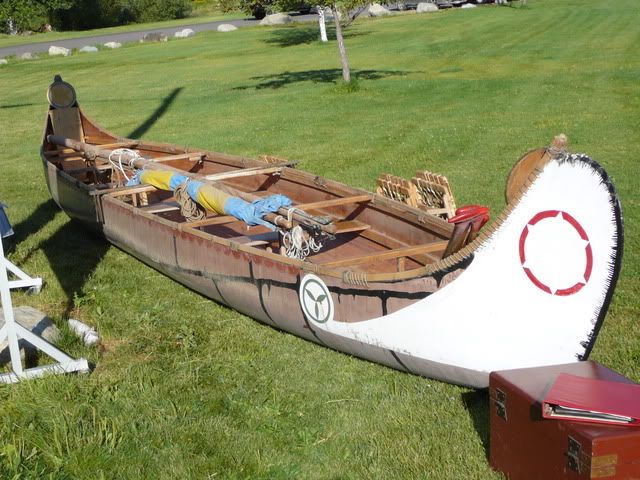
Shown above is a typical canoe used in the fur trade.
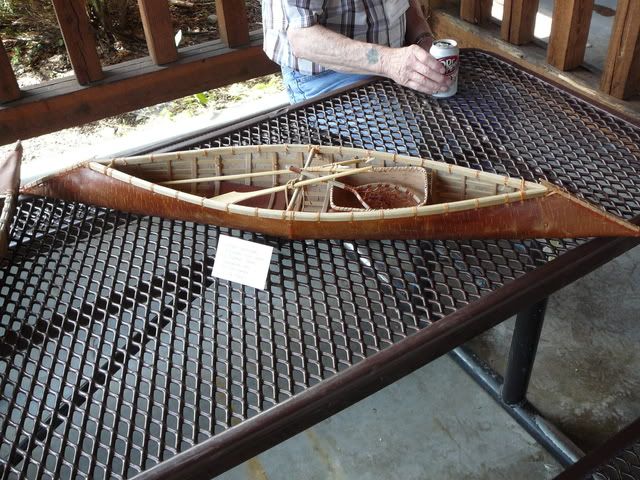
Models are often used to show people the different canoes styles as well as techniques for making canoes. The model shown above is a Kootenai sturgeon-nosed canoe. This style of canoe is unique to the Kootenai people.
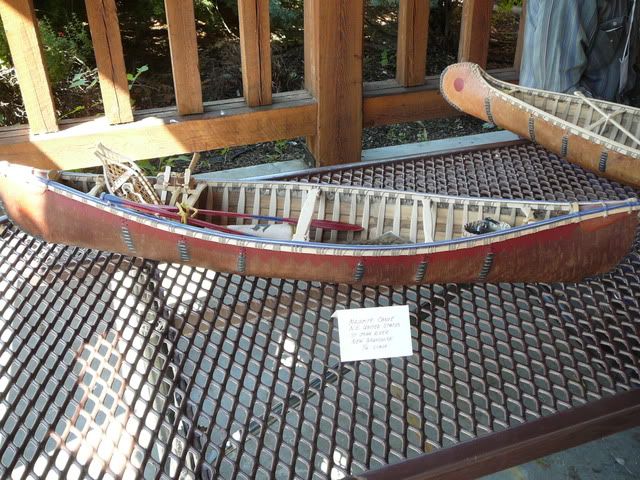
Shown above is a model of another style of canoe.
The Howse House:
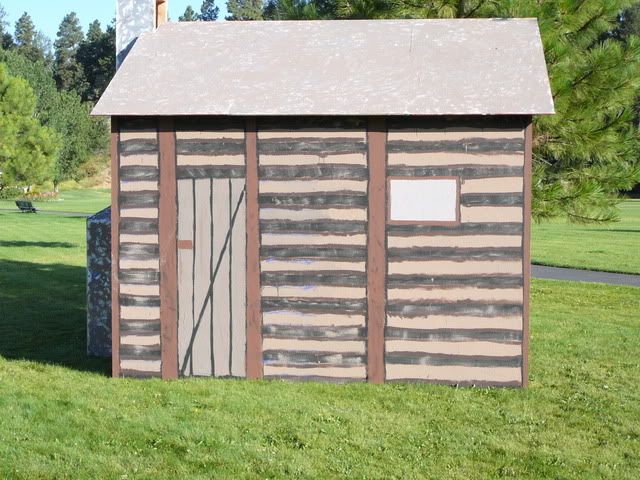
We don’t really know what the trading post built by Joseph Howse looked like 200 years ago. We assume that he built a fairly traditional complex of cabins in the Hudson’s Bay Company style. Shown above is a full-scale mock-up of this type of cabin. The cabins were usually built from short, small-diameter logs. He probably put up two or three of these in a compound: one for storing trading goods and furs, possibly one for the men (he had at least 16 other men, including one free black, with him), and one as the “trading post.”
Trade:
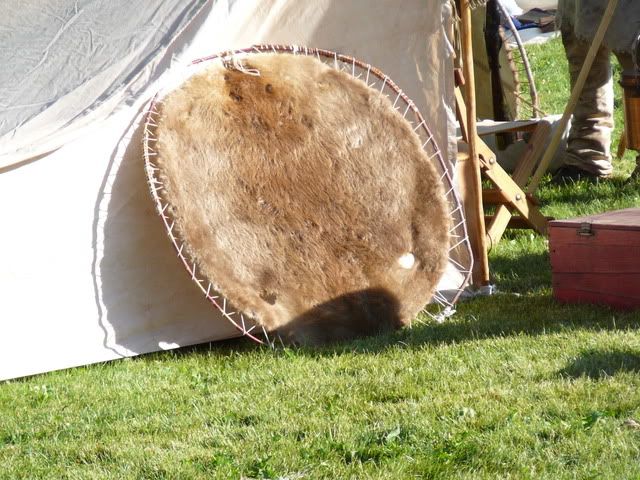
One of the things that the European traders wanted from the Indians was beaver. Shown above is a beaver pelt, known as “made” beaver since it has been prepared for trade.
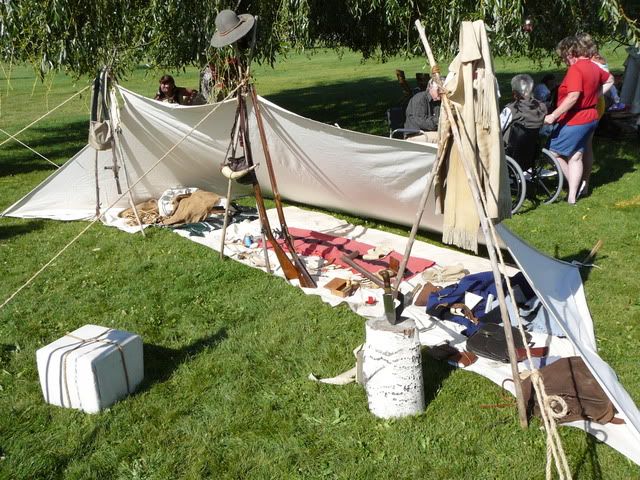
When the traders met the Indians at a rendezvous or in their villages, there were no stores and so the trading goods would be simply displayed on the ground.
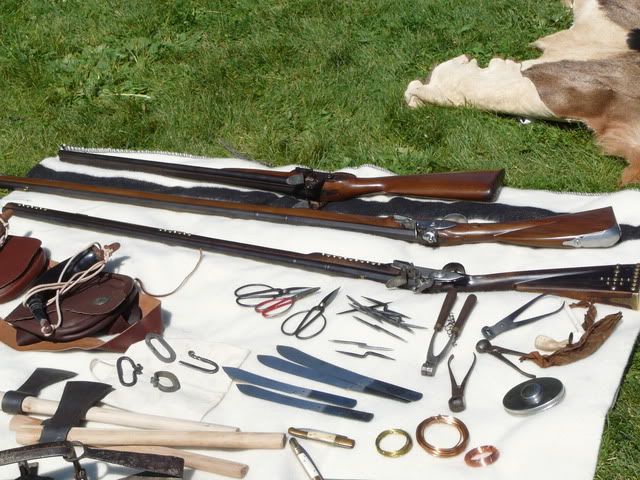
Shown above are some of the traditional items which were traded to the Indians for furs. This includes guns, knives, awls, and other metal items.
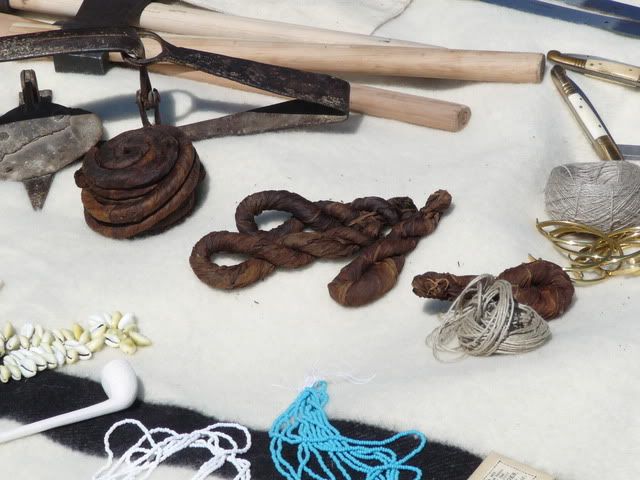
Not all trade items carried by the traders from Hudson’s Bay Company, the North West Company, the Pacific Fur Company, and others were manufactured goods. Shown above are the traditional ropes and twists of tobacco.
Games:
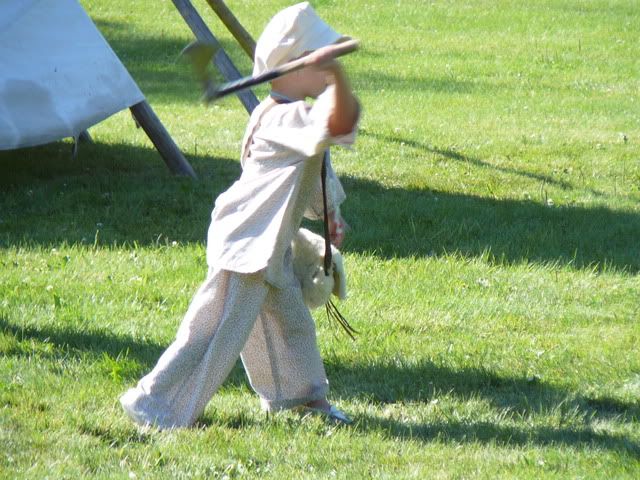
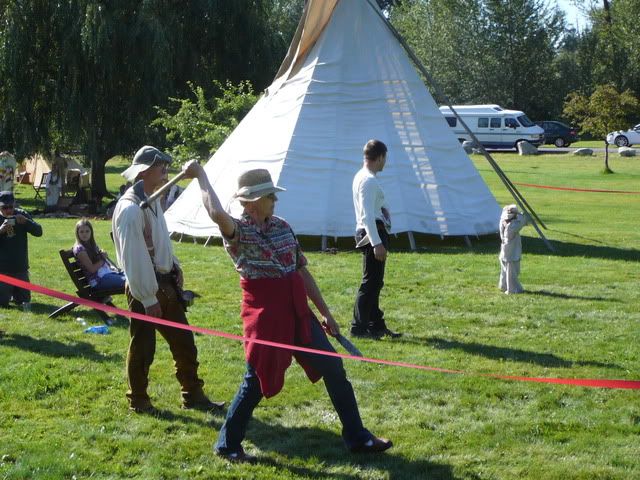

At the rendezvous, people would often compete in activities such as knife and hatchet throwing contests.
Flintknapping:
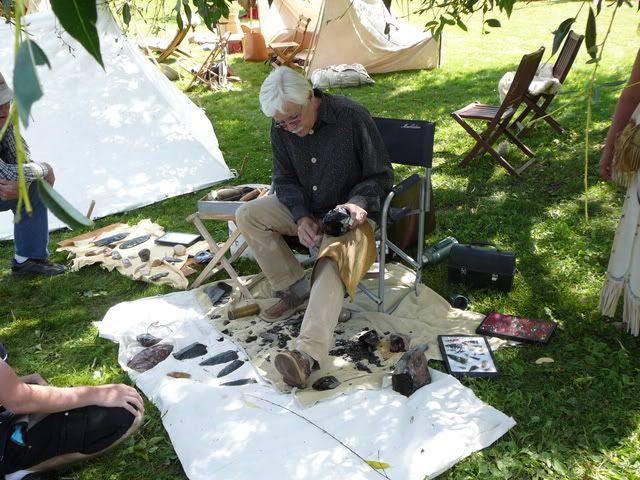
Pictured above is the flintknapping demonstration. Prior to the European invasion, Indians made many of their tools-arrowheads, knives, axes, etc.-from stone.
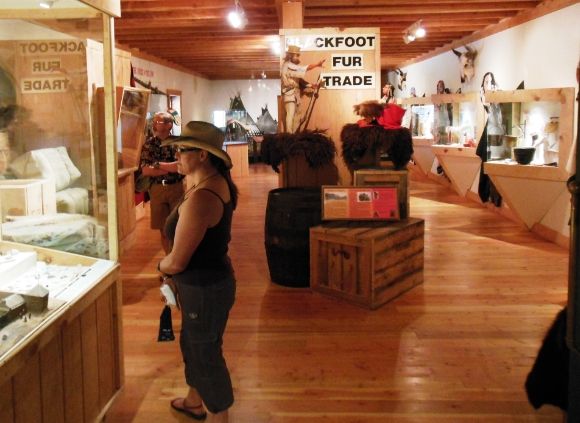
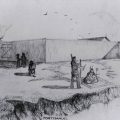
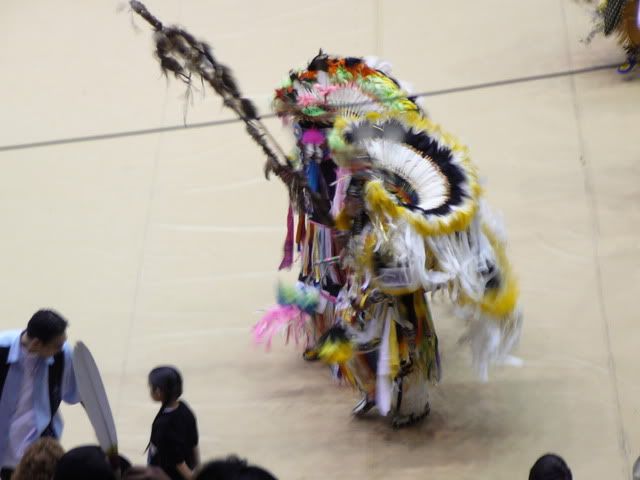
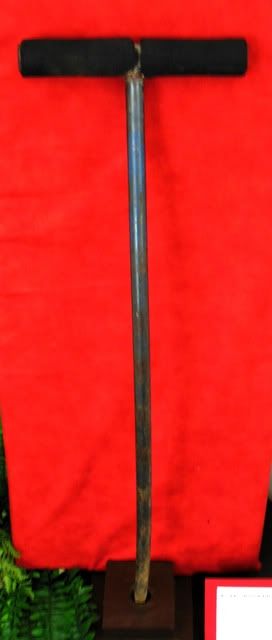
Leave a Reply